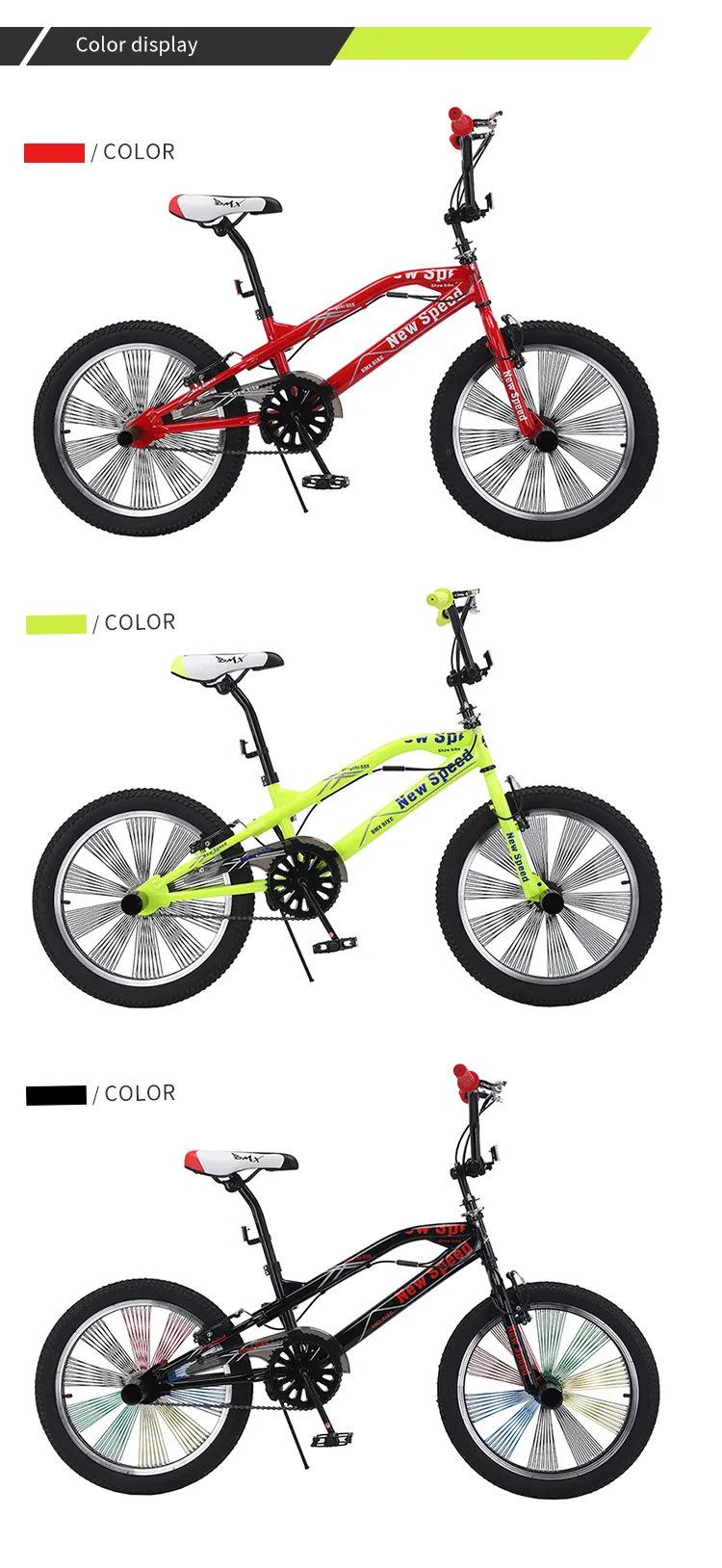
-
 Afrikaans
Afrikaans -
 Arabic
Arabic -
 Belarusian
Belarusian -
 Bengali
Bengali -
 Bulgarian
Bulgarian -
 Croatian
Croatian -
 Czech
Czech -
 Danish
Danish -
 Dutch
Dutch -
 English
English -
 Finnish
Finnish -
 French
French -
 German
German -
 Greek
Greek -
 hawaiian
hawaiian -
 Hebrew
Hebrew -
 Hindi
Hindi -
 Hungarian
Hungarian -
 Indonesian
Indonesian -
 irish
irish -
 Italian
Italian -
 Japanese
Japanese -
 Javanese
Javanese -
 kazakh
kazakh -
 Khmer
Khmer -
 Korean
Korean -
 Kyrgyz
Kyrgyz -
 Lao
Lao -
 Latin
Latin -
 Luxembourgish
Luxembourgish -
 Malay
Malay -
 Myanmar
Myanmar -
 Norwegian
Norwegian -
 Persian
Persian -
 Polish
Polish -
 Portuguese
Portuguese -
 Romanian
Romanian -
 Russian
Russian -
 Serbian
Serbian -
 Slovak
Slovak -
 Somali
Somali -
 Spanish
Spanish -
 Swedish
Swedish -
 Tagalog
Tagalog -
 Thai
Thai -
 Turkish
Turkish -
 Turkmen
Turkmen -
 Ukrainian
Ukrainian -
 Uighur
Uighur -
 Vietnamese
Vietnamese
ធ្នូ . 05, 2024 13:17 Back to list
Tips for Selecting the Right Frame Size for Your Mountain Bike
When it comes to enjoying the great outdoors and tackling rugged trails, choosing the right mountain bike frame size is crucial for comfort and performance. A well-fitted bike allows you to ride more efficiently and helps prevent injuries. Here’s a guide to help you choose the right mountain bike frame size.
Understand Frame Sizes
Mountain bike frames are typically categorized by size small, medium, large, and extra-large. Each manufacturer may have slightly different measurements for these sizes, so it’s essential to consult the specific brand's size chart. Most frame sizes are determined by the length of the seat tube, which is measured from the center of the bottom bracket to the top of the seat tube.
Measure Your Height and Inseam
To find the right frame size, start by measuring your height and inseam length. Your inseam is the distance from your crotch to the ground, and it will help determine how well the bike fits within the frame size categories.
1. Height Measure Stand against a wall without shoes, and ask someone to use a ruler to measure from the ground to the top of your head. 2. Inseam Measure Stand with your feet shoulder-width apart, then measure from the ground to the top of your inner thigh.
Use Size Charts
Once you have your height and inseam measurements, refer to the size chart provided by the bike manufacturer
. For example, a common sizing guide might look like this- Small (S) Height 5’0” - 5’4”, Inseam 26” - 30” - Medium (M) Height 5’5” - 5’9”, Inseam 29” - 33” - Large (L) Height 5’10” - 6’1”, Inseam 31” - 35” - Extra Large (XL) Height 6’2” - 6’5”, Inseam 33” - 37”
Keep in mind that these ranges can differ between brands, so always refer to specific size charts.
how to choose a mountain bike frame size

Consider Riding Style
Your riding style also affects frame size choice. If you prefer aggressive downhill rides or technical trails, you might benefit from a slightly smaller frame for better maneuverability. Conversely, if you enjoy cross-country riding or long-distance trail rides, a larger frame may provide better stability and power transfer.
Test Ride
Nothing beats the experience of a test ride. If possible, visit a local bike shop and try out different frame sizes based on your measurements and riding style. Pay attention to
- Standover Height When straddling the bike, there should be 1-2 inches of clearance between your body and the top tube. This ensures that you can dismount safely. - Reach and Comfort When seated, check if you can comfortably reach the handlebars without stretching too much. Your elbows should be slightly bent. - Seat Height Adjust the seat to ensure you can fully extend your leg while pedaling, with a slight bend in the knee.
Adjustability
Some mountain bikes come with adjustable components, like seat posts and handlebars, allowing you to fine-tune for a better fit. These features can make a bike more versatile if you plan on switching between different riding styles.
Conclusion
Choosing the right mountain bike frame size is essential for an enjoyable riding experience. By measuring your height and inseam, consulting size charts, considering your riding style, and taking a test ride, you can find a frame size that offers both comfort and performance. Investing time in selecting the right fit will enhance your overall cycling experience and allow you to tackle trails with confidence. Happy riding!
-
Premium Titanium Road Bike: Lightweight & Durable
NewsAug.01,2025
-
Red Black BMX Bike with GPT-4-Turbo AI Tech
NewsJul.31,2025
-
New Red Anti-theft E-Bike | Easy Ride City Commuter
NewsJul.31,2025
-
BMX 20 Inch Bikes for Freestyle & Street | Fat Tire Options Available
NewsJul.30,2025
-
322 High Quality 26 Inch 21 Speed Adult Mountain Bike OEM MTB
NewsJul.29,2025
-
Specialized Kids Mountain Bikes - Safe, Durable & Fun Riding Experience
NewsJul.29,2025

